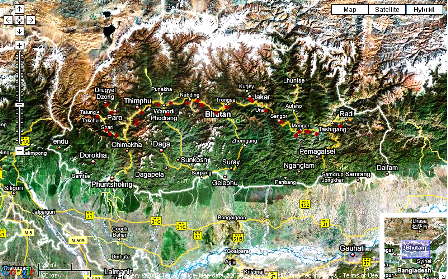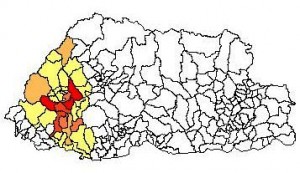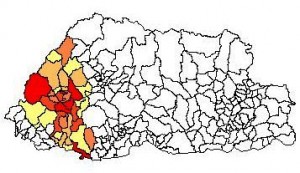A fascinating post over at Rancho Gordo discusses tequesquite. That’s a natural salt that has been used in Mexican cooking since pre-Columbian times, including for nixtamalization, a process that makes maize easier to process, tastier and more nutritious.
The post also mentions the alga known as tecuilayl (Spirulina geitleri). This was apparently an important food for the Aztecs. ((Alas, it doesn’t make it into FAO’s guide to the seaweed industry.)) Our resident expert on Mexico says it’s the perfect complement to a succulent steamed axolotl in chile sauce. Yummie.


